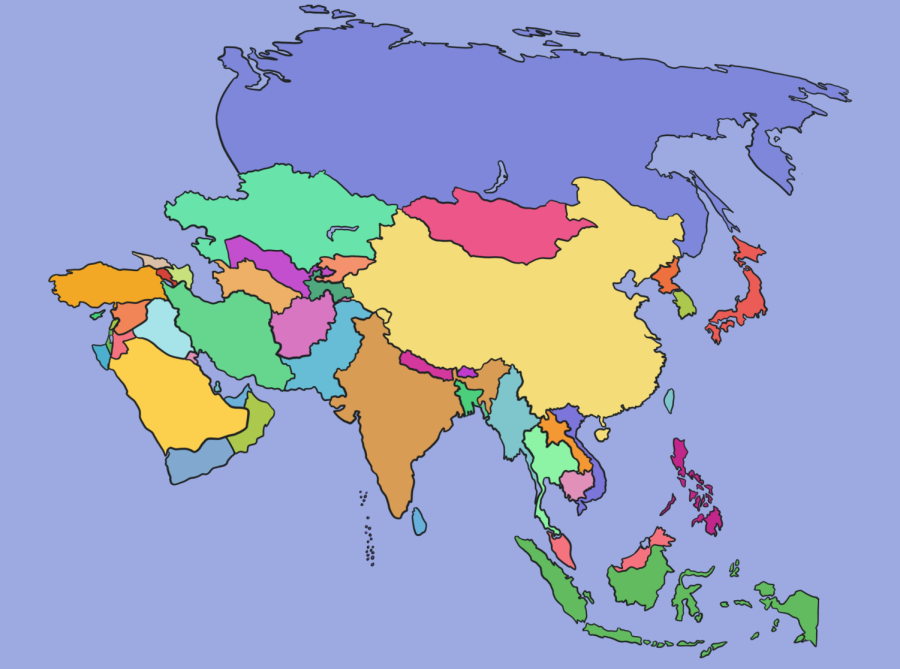Editorial | Acknowledge the breadth of the word ‘Asian’
Apr 25, 2023
The overarching label of “Asian,” as seen in the 2020 census, fails to do justice to the scope of the Asian communities in the United States.
Just this month, Asian Americans Advancing Justice — AAJC, an advocacy group calling for “fair and equal representation of Asian Americans in the media,” published an analysis of the 2020 census in response to the claim that Asian Americans were significantly overcounted by 2.6% in 2020.
Their analysis instead painted a more complex picture. The census actually undercounted — or left out — Asian Americans in Great Plains states while overcounting Asian populations in states on the East and West Coasts as well as the South.
This story was reported by NPR, which included an interview with Paul Ong, an economist who heads the UCLA Center for Neighborhood Knowledge. Ong warns that the undercounting of any group would lead to the misallocation of federal funding for public services. Among these public services are health care, education and transportation.
Asian Americans are relatively less likely to fill out the census, according to The New York Times.
Get The Daily Illini in your inbox!
Lakshmi Sridaran, the executive director at South Asian Americans Leading Together, in an interview with Time, argues that “good data should always be as disaggregated as possible.” Aggregating the data ignores the nuanced needs of individual groups that compose the monolithic title of “Asian.”
There is a large amount of variation within these populations, as analyzed by The Times.
For example, those of Indian descent are consistently wealthier and work jobs in high-paying fields while residents of Bhutanese descent have the lowest income and are unlikely to own a home. The largest Bhutanese community in the United States is Columbus, Ohio, where many of these individuals make a living sorting and packing items for corporations. Those of Filipino descent compose a disproportionate share of workers in health care.
The needs of the South Asian community are different than the needs of the Southeast Asian community, for example — and there is economic variance within these communities as well. To lump every individual in these unique communities into a single category of “Asian” undervalues the vibrancy of cultural diversity of the continent of Asia and ignores their needs that are unique to their respective communities.
Many Americans fail to even register South Asians as Asian, assuming that Asian only refers to those of Chinese, Japanese or Korean descent. In reality, Indians and Filipinos make up a significant portion of Asians in the United States — the second and third largest Asian communities in the United States, respectively, according to Pew Research.
Arbitrary census categories can skew perceptions of what Asia is and the vibrant cultures it is home to. These vibrant cultures exist at the University of Illinois.
According to the University’s International Statistics from Fall 2022, there were 4,229 international students originating from Asia pursuing a bachelor’s degree, 3,117 pursuing a master’s and 2,369 pursuing a doctorate.
There’s a plethora of resources available to learn more about the vast Asian cultures on campus. You could visit the Asian American Cultural Center or the Japan House and participate in cultural events hosted by them.
If there is a particular culture you find interesting, there are many RSOs tailored for specific cultures: Filipino, Mongolian, Taiwanese, Vietnamese as well as South Asian groups, like Hindu YUVA, which allow you to immerse yourself in that culture’s food, media and even deeper level concepts, like problems within their country and political literacy.
The Daily Illini Editorial Board invites you to challenge your worldview and recognize that there is so much more to Asia than a single word may suggest.






